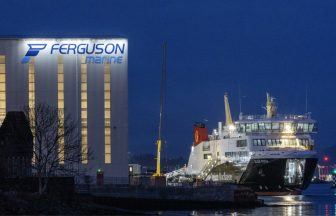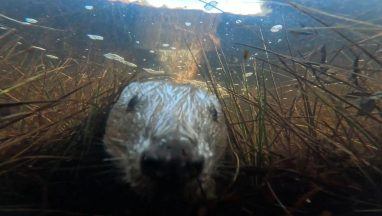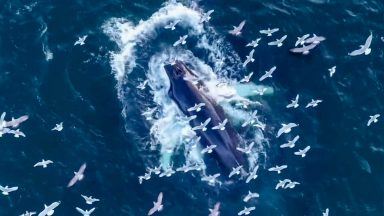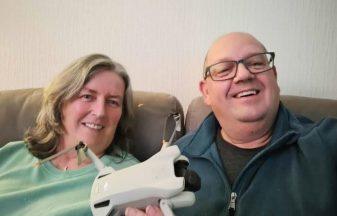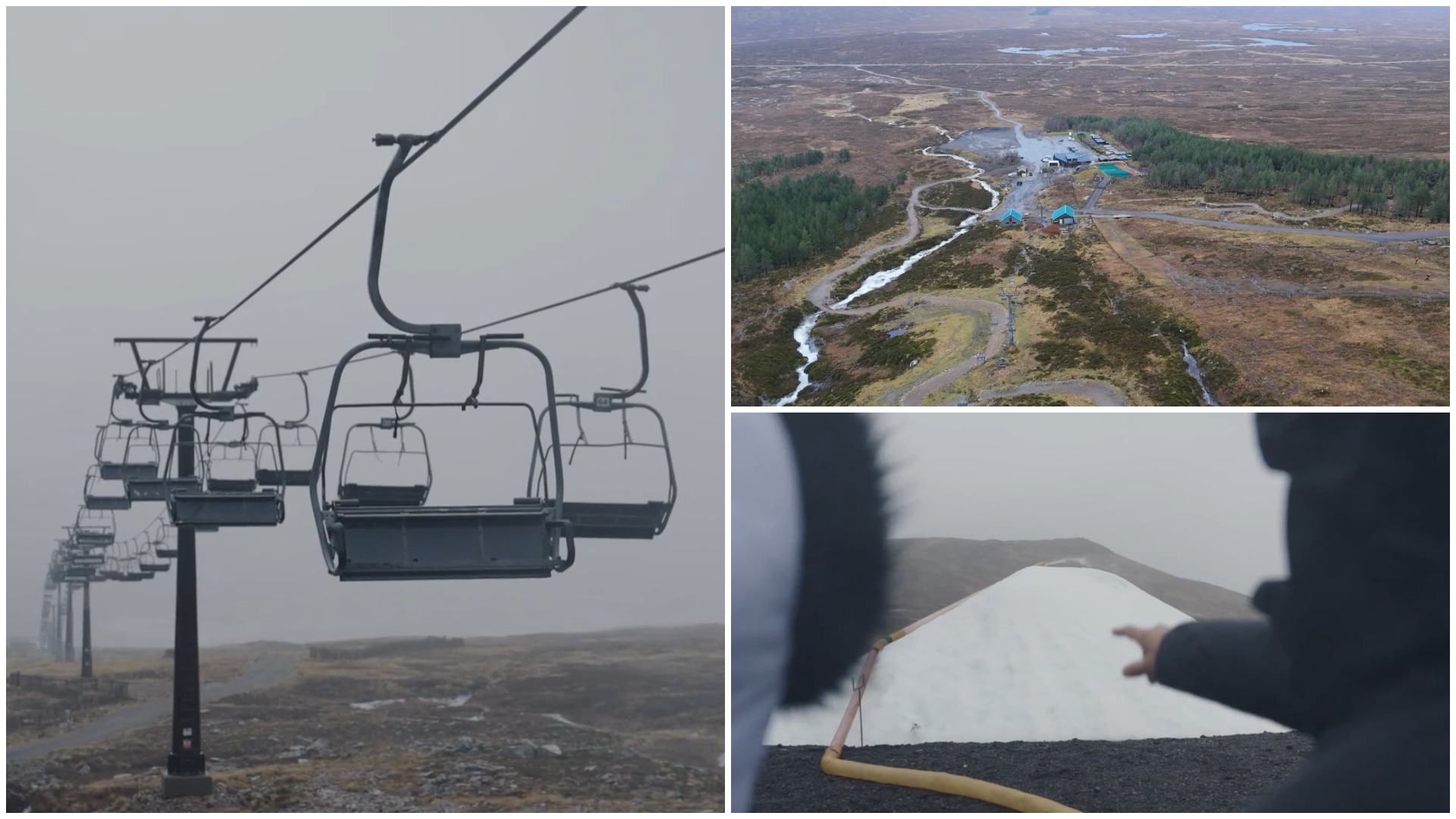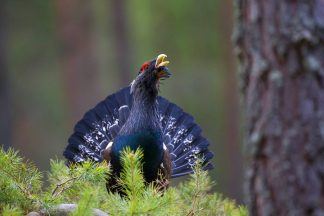A discovery likened to finding a needle in a haystack has confirmed that Scotland’s dramatic volcanic landscape “once rivalled the fiery activity of modern-day Hawaii”, experts said.
Geologists from the University of Aberdeen have confirmed that cracks in the Earth, called volcanic fissures, helped create many of the Inner Hebrides.
Scientists have long understood that islands such as Skye, Mull, Eigg, Canna and Staffa as well as parts of the mainland were formed from lava flows, however, the way the lava came to the surface has been debated by scientists for over 100 years.
In contrast to the calm, picturesque scenery of today, 60 million years ago, the west coast of Scotland was erupting with lava fountains and other volcanic events.
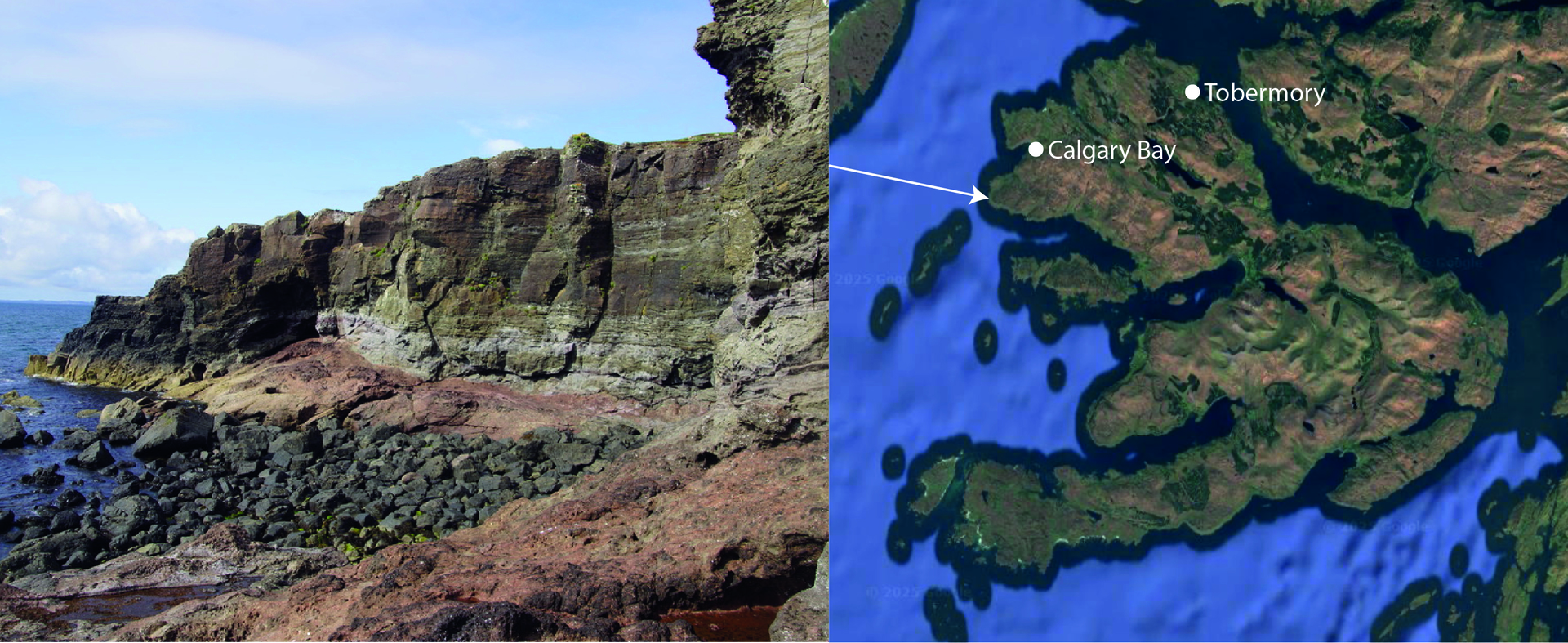 University of Aberdeen
University of AberdeenThe new discovery by geoscientists from the University of Aberdeen provides the strongest evidence yet that some of Scotland’s most iconic islands were born not from a single large volcano, but from a network of erupting fissures, just like those found in Hawaii and Iceland.
The research, published in The Journal of the Geological Society, settles the century-old debate over how the lava fields of the Inner Hebrides islands were formed.
The team has, for the first time, uncovered physical proof of an ancient volcanic fissure that fed lava into the surrounding landscape.
The site, a 5km-long stretch near Calgary Bay on the Isle of Mull, reveals preserved deposits from one of these fissures, where magma once erupted in spectacular displays.
Dr Jessica Pugsley from the University of Aberdeen, who led the project, said: “For over 100 years, scientists have debated whether the lava flows on Skye and Mull came from a single volcano or from many fissures like those we see in Iceland and Hawaii today.
“Finding a preserved fissure is a bit like discovering a dinosaur fossil with skin – it tells us far more than lava alone can. Typically, a very small fraction of a lava field contains these fissures, so it’s an extraordinarily significant find.”
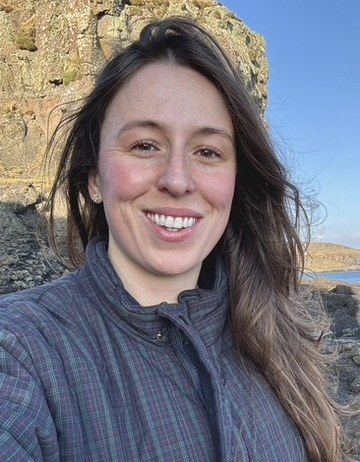 University of Aberdeen
University of AberdeenThe volcanic activity occurred as the Atlantic Ocean began to form, ripping apart ancient land and allowing magma to surge up through the crust. This zone of volcanic remnants is called the British Paleogene Volcanic Province and reaches from the west of Scotland over to parts of Northern Ireland, including the famous Giants Causeway.
The preserved fissure found by the Aberdeen team through fieldwork aided by 3D drone modelling technology, shows exactly where lava once fountained out of the Earth, before being buried by later eruptions and finally revealed by millions of years of erosion.
“To be able to stand and walk on a feature that played such a key role in shaping Scotland’s geography – and to realise it erupted like Iceland and Hawaii’s volcanoes do today – is pretty incredible,” says Dr Pugsley.
Follow STV News on WhatsApp
Scan the QR code on your mobile device for all the latest news from around the country


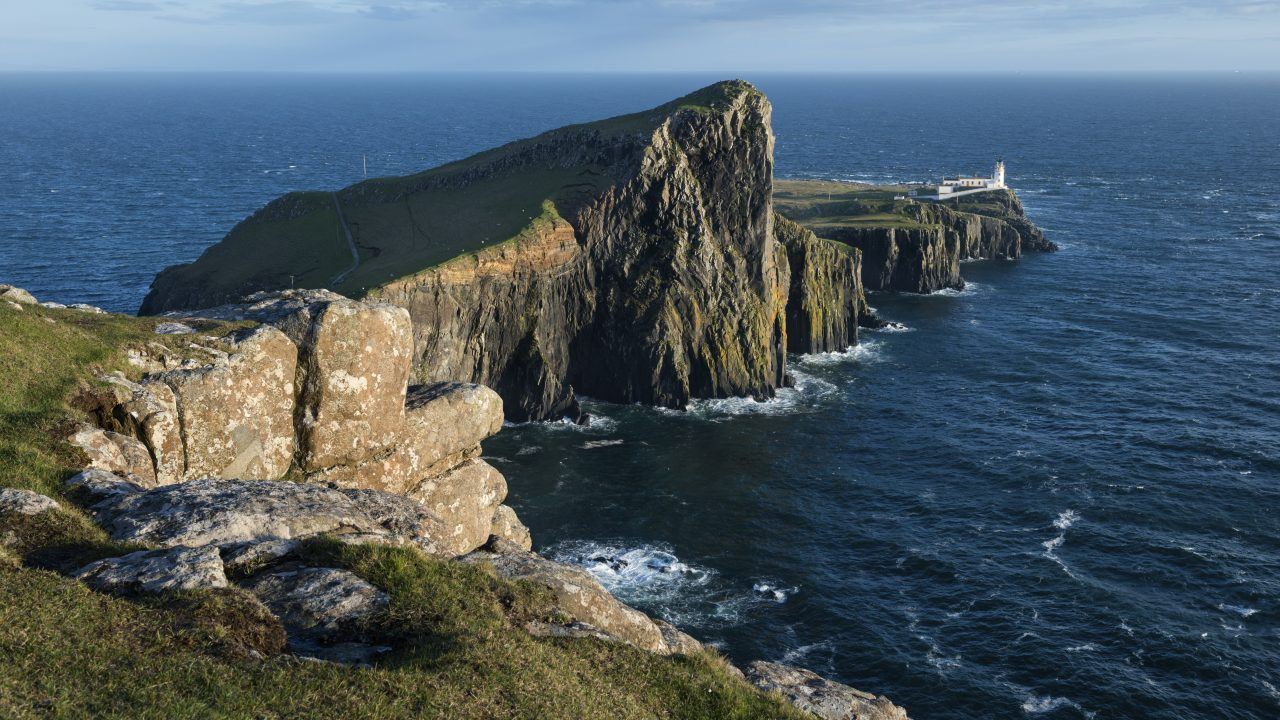 Adobe Stock
Adobe Stock




